Canadian LNG Will Stall Asia’s Shift to Renewables, Energy Experts in Asia Say
DeSmogBlog
FEBRUARY 15, 2024
Oil and gas companies have for years marketed fracked gas from B.C. But an impending flood of liquefied natural gas exports from western Canada to Asia could make it harder for countries there to achieve their national climate targets and contribute to tens of thousands of additional deaths due to air pollution.


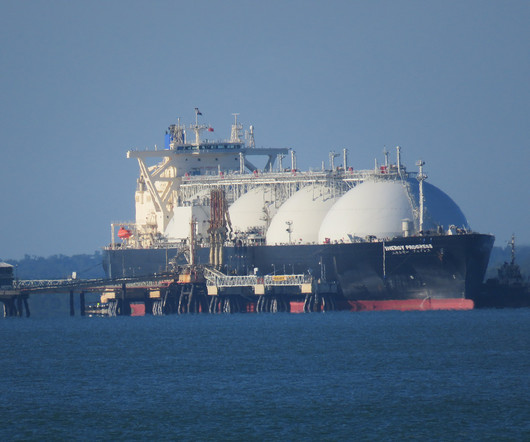

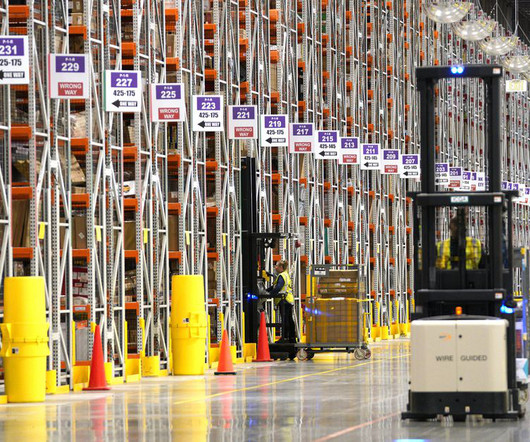
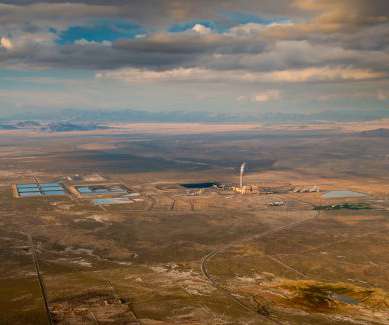
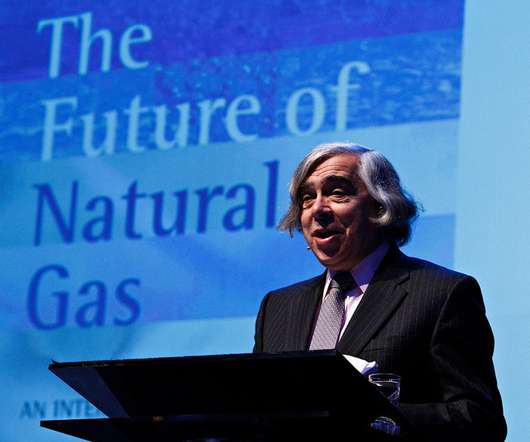
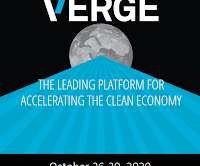
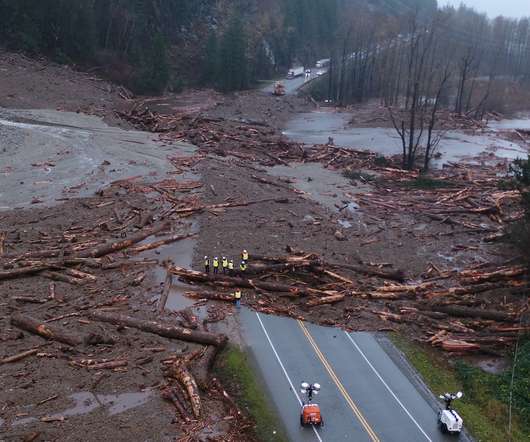








Let's personalize your content